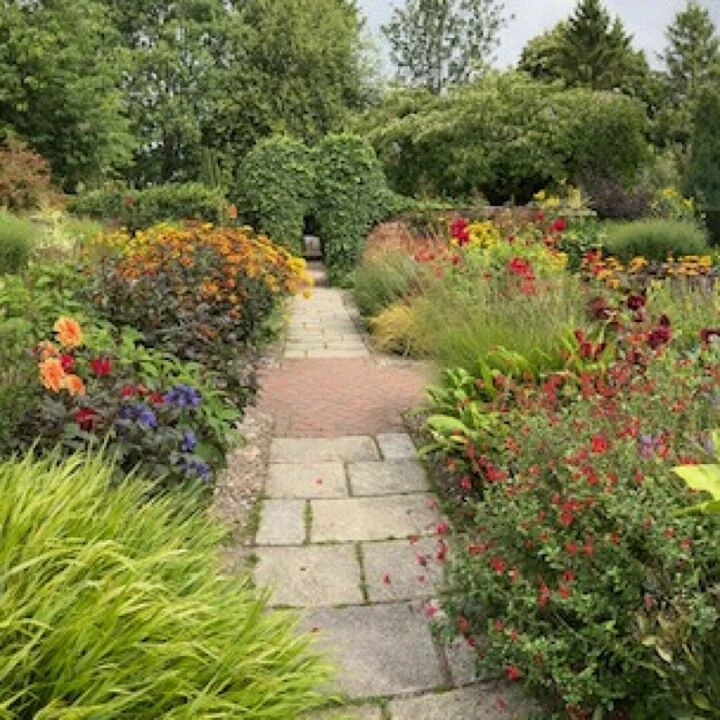







This article has been sent in by Andy Davidson, following the article by Peter Morgan, here
An interesting article from Peter Morgan about the threat of Ragwort but it is, of course, entirely written from an agricultural perspective and does not take into account the views of entomologists, lepidopterists, botanists or others interested in our ecology and environment.
I do not claim to be an expert in Ragwort but one of the best botanists I knew, and who sadly is no longer with us, loved Ragwort and thought it was a wonderful native plant of tremendous value to insects. Evidence suggests that nearly two hundred insects benefit from it of which over thirty are specific to this plant, the most well-known probably being the Cinnabar Moth (above). This moth is strikingly pretty, flies both night and day and feeds mostly on Ragwort. Its numbers appear to be declining and is now a priority species under the UK bio-diversity framework.
Whilst Ragwort is poisonous to cattle and horses, as I understand it and Peter seems to agree with this, they will not generally graze it in fields unless poor management leaves them with no other available food. I suspect this must have been true in the case that "Zookeeper" referred to in his chatbox post last week. As Peter's article points out the problems occur when they are fed contaminated hay and silage.
I am not to going to get involved in the details of the Friends of The Earth Mythbuster page as I don't think I am well enough qualified to join in this debate where many of the articles are written by qualified scientists, but I would like to make one or two points.
Peter claims that Ragwort is becoming more prevalent, but as far as I can see this opinion is based on hearsay, the only studies I can find, admittedly about a decade old, seem to refute this. However if it is increasing I wonder if the changes to the dairy industry described in the article means that with increased mechanisation farmers no longer have the time to go round their fields pulling plants out by hand, a sight you often used to witness.
I also wonder if the significant decrease in the number of insects present these days means that the natural biological control of Ragwort has broken down. There are scientific studies around this, mainly abroad, where insects and moths have been introduced to control Ragwort. The irony here of course is many people suspect that the decrease in insects has been caused by pesticides mainly used in the agricultural sector.
Whist I accept that there does need to be some control of Ragwort in certain areas we must not forget that it is an important native plant of tremendous value to insects and moths and should be allowed to grow in reasonable amounts away from pastureland. It should not be widely destroyed and care should be taken as, I am told, it can be easily confused with other native plants like Tansy, St. John's Wort and Hawkweeds.
This article is from our news archive. As a result pictures or videos originally associated with it may have been removed and some of the content may no longer be accurate or relevant.
Get In Touch
AudlemOnline is powered by our active community.
Please send us your news and views using the button below:
Email: editor@audlem.org


